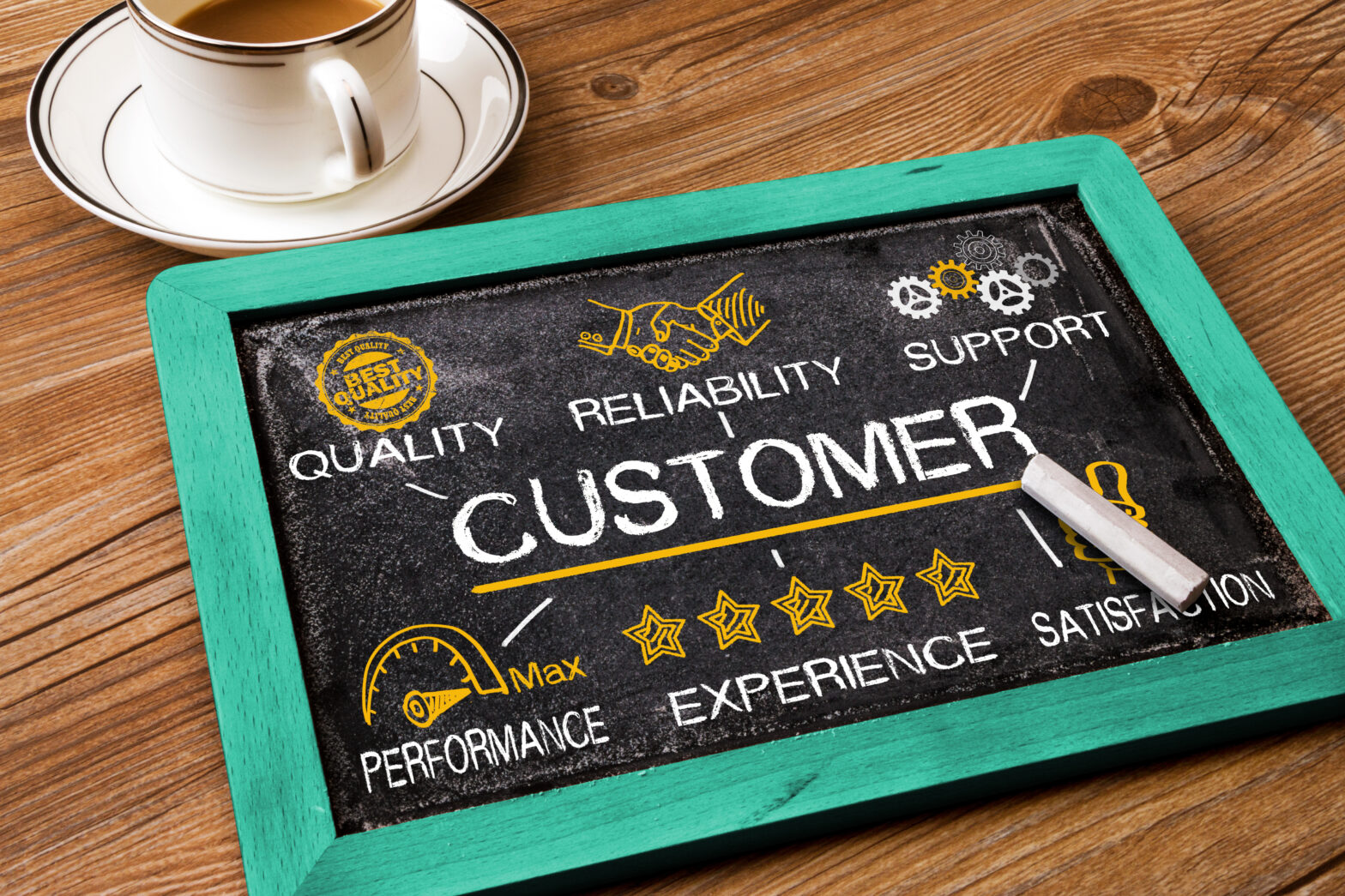According to Forrester data, 72 per cent of businesses say improving customer experience (CX) is their top priority. While this shows that many companies are aware of the importance of customer experience to retain customers, several don’t know how to measure the results of their CX efforts. This may be due to the fact that it’s not that simple to find out how satisfied your customers were at each touchpoint along their customer journey. Here’s a practical guide to measuring customer experience.
What is CX measurement and why is it important?
Customer experience measurement is the practice of measuring customer experience – which includes all customer actions – at all touch points throughout the customer journey. The only way organisations can get a better understanding of customers and their needs is by measuring the customer experience. It enables companies to collect and analyse information.
Measuring customer experience also enables organisations to assess what works and what doesn’t work for their customers, and how to work with that information to enhance customer experience. Not only does measuring customer experience enable organisations to cater to the customer’s expectations, but it also enables companies to measure how effective their customer experience strategy is in terms of meeting business KPIs.
Related: What is customer experience mapping and what can it do for your brand?
Customer experience (CX) measurement
We have touched on the importance of measuring customer experience; now here’s a guide on how to measure customer experience throughout the customer journey.
Highlight all touchpoints
Study the customer journey from beginning to end, and sketch the whole customer experience according to the customer’s point of view. Select the touchpoints that are defining moments for the customer, and establish touchpoint metrics for every touchpoint, or metrics that specifically evaluate each touchpoint’s performance.
Understand your customer
When a business understands its customers it can think like them and can offer customers the products and services they need to better engage them and provide excellent experiences. To start understanding your customers, it is important to know their greatest needs and expectations with regards to what makes them happy and what you should continue doing to retain them. Draw a map by creating a timeline of the customer’s journey and defining what is essential at each touchpoint along the journey.
Solve the key problem areas
Once you have identified all the touchpoints, highlight the key areas of concern and start working on them systematically. Identify and highlight each problem, and come up with solutions that will specifically address these problems.
Select the right metrics and measure them
Once you have identified all the touchpoints that are important and found solutions to key problem areas, you’re ready to start measuring the results of your efforts, and to do this effectively you need to choose the right business metrics to analyse.
Some common customer experience metrics you can use:
- Net Promoter Score (NPS): The NPS is an index that ranges from -100 to 100 that indicates how willing a customer is to recommend a company’s products or services to others. It divides customers into three categories, namely Promoters (loyal + satisfied), Passives (satisfied + unenthusiastic), and Detractors (unsatisfied + unenthusiastic).
- First Contact Resolution (FCR): FCR gives an indication of how well your agent resolves customers’ support requests the first time by tracking the number of interactions in a case. Tracking your FCRs helps you see what you can do to keep the average number of interactions low, according to Kayako.
- Customer Satisfaction Score (CSAT): CSAT is the average score awarded to your brand according to customer answers based on a survey. Organisations use CSAT scores to determine how satisfied customers were with specific products/services.
You should now have a much better understanding of what customer experience measurement is and why it is important for companies to prioritise it. Businesses can also look into business process management to ensure they are measuring their customer experience correctly.





